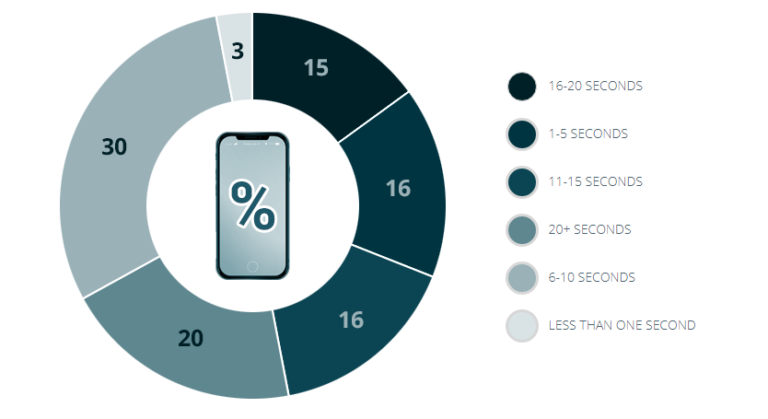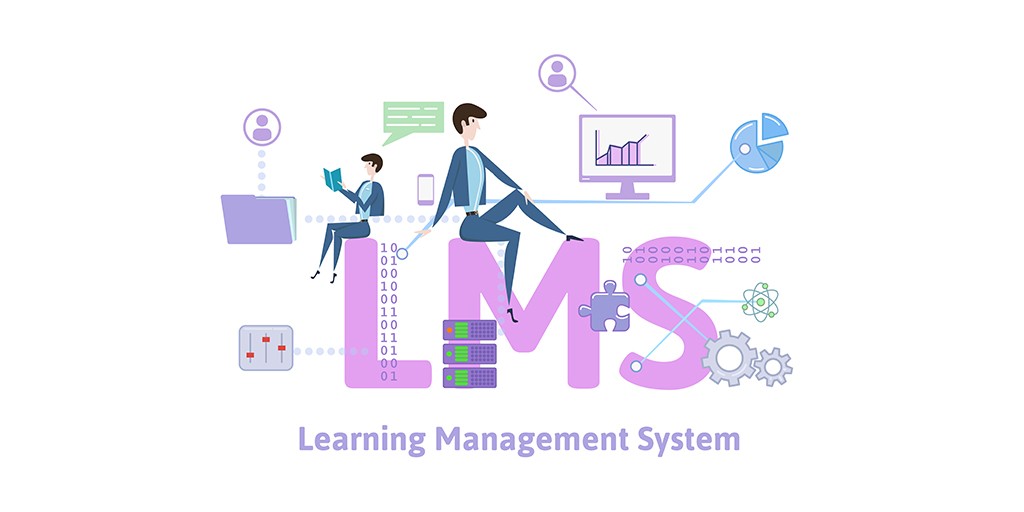
Is a Mobile-First Content Delivery Platform the Future of LMS?
Summarize with:
More than 35% of the world’s population now uses smartphones! Despite being a metric that may have been anticipated, given the significant advancements in technology and increasing use of mobile devices in recent years, there is additional information to consider.
More and more businesses are moving towards mobility across verticals; employee learning is another vertical impacted by this trend. Your employees are now used to consuming knowledge across devices, and thus, your organization must focus on mobile-first content delivery platforms.
Table of Contents:
- Mobile-First Content Delivery Platforms Vs LMS
- Which One is Best for You: LMS or Mobile-First Content Delivery Platform?
- Transforming the Learning Experience with a Mobile-First Content Delivery Platform
- To Summarize
Mobile-First Content Delivery Platforms Vs LMS
A significant issue that most organizations have when training diverse teams and geographically distributed employees has been inconsistency and concerns while deploying personalized learning.
A popular choice for years has been the learning management system (LMS). However, in certain contexts, LMS might not be the best fit for modern learning needs.
Let us look at the main differences between traditional LMS and mobile-first content delivery platforms:
Pros of Traditional LMS
- Centralized platform for managing and tracking training content
- Robust features for course authoring, scheduling, and reporting
- Suitable for large-scale, structured training programs for compliance and certification
Cons of Traditional LMS
- Often desktop-centric, limiting accessibility
- Can be complex and time-consuming to use
- May not be as engaging for modern learners
Pros of Mobile-First Content Delivery Platforms
- Flexibility and Accessibility: Accessible anytime, anywhere, on mobile devices
- Engaging User Experience: Interactive features like quizzes, simulations, and gamification elements for enhanced learning
- Personalized Learning: Tailored content delivery based on individual needs and preferences
- Faster Deployment: Quick and easy to set up and deploy training content
Cons of Mobile-First Content Delivery Platforms
- May not offer the same level of advanced features as traditional LMS
- Less suitable for highly structured, complex training programs
Also Read: Benefits of a Mobile-First LMS Platform in Employee Training
Which One is Best for You: LMS or Mobile-First Content Delivery Platform?
The traditional LMS is fast becoming inadequate to meet the changing needs of today’s learners. Millennial employees, in particular, require flexible, personalized learning experiences that traditional LMS cannot provide.
One principal shortcoming of LMS is its limited interactivity. The one-size-fits-all approach fails to cater to various learning styles and preferences.
To better understand, let’s compare traditional LMS and mobile-first content delivery platforms in a table.
| Feature | Traditional LMS | Mobile-First Content Delivery Platform |
| Flexibility | Limited to desktop access | Accessible anytime, anywhere on any device |
| Interactivity | Often static content | Interactive elements like videos, quizzes, simulations |
| Personalization | Limited personalization options | Tailored content based on individual needs and progress |
| User Experience | Complex interfaces and slow loading times | User-friendly interfaces and fast loading times |
| Scalability | Difficult to scale for large organizations | Easily scalable to accommodate growth |
| Cost | Initially high | Initially low |
The advancement of mobile technology has only worsened the limitations of a traditional LMS. Now, modern learners expect to be able to access on-the-go learning material.
In today’s fast-paced digital age, speed is of the essence. A slow-loading platform can significantly impact user engagement and satisfaction. So much so that 38% of people leave a website if it does not load within seven to 10 seconds, and 3% do not even wait for as long as a second.
Content delivery platforms that prioritize mobile devices are created to load fast, even on sluggish networks, guaranteeing a smooth learning process.
Although traditional LMSs have been commonly used, mobile-first content delivery platforms provide a better learning experience. They include interactive features, gamification, and microlearning, which makes them a more efficient option for contemporary companies.
By adopting a strategy that prioritizes mobile devices, companies can boost student involvement, improve educational results, and lower training expenses. As technology progresses, mobile-first platforms are sure to become the top choice for delivering impactful and interactive training.
Also Read: 6 Ways to Use Mobile Learning to Enhance Employee Productivity
Transforming the Learning Experience with a Mobile-First Content Delivery Platform

Taking action is the last stage of every decision-making procedure. If you’re thinking about transitioning from a conventional LMS to a mobile-first content distribution platform, here is a detailed explanation of the necessary steps:
1. Find the Right Partner
Determine your organization’s specific needs, such as customization options and integration capabilities. Besides, consider factors like cost, scalability, and customer support. Then, select a vendor that offers a mobile-first platform that aligns with your goals.
2. Decide on Infrastructure
Host the platform on your own cloud infrastructure for maximum control. Opt for a SaaS-based solution for easier deployment and maintenance.
3. Content Migration and Customization
Transfer your existing training materials to the new platform. Optimize content for mobile devices, considering factors like screen size and touch interactions.
Next, configure the platform to match your organization’s specific workflows and user hierarchy.
4. Consider White-Labeling
Customize the platform’s branding to align with your organization’s identity.
To Summarize
Learners have become increasingly mobile in recent times. A mobile-first content delivery/digital publishing platform offers a powerful solution for delivering effective, engaging, and accessible training to employees worldwide.
By optimizing content for mobile devices, one can reach learners wherever they are and whenever they want.
Hurix Digital offers a flexible, mobile-first content delivery platform that goes beyond traditional LMS limitations. We empower you to deliver impactful results by prioritizing personalized learning and fostering curiosity.
Discover how a mobile-first approach can transform your learning initiatives. Contact us today to learn more about how Hurix Digital can help you harness the power of mobile learning.
Summarize with:

Vice President & SBU Head –
Delivery at Hurix Technology, based in Mumbai. With extensive experience leading delivery and technology teams, he excels at scaling operations, optimizing workflows, and ensuring top-tier service quality. Ravi drives cross-functional collaboration to deliver robust digital learning solutions and client satisfaction
 A Space for Thoughtful
A Space for Thoughtful 



